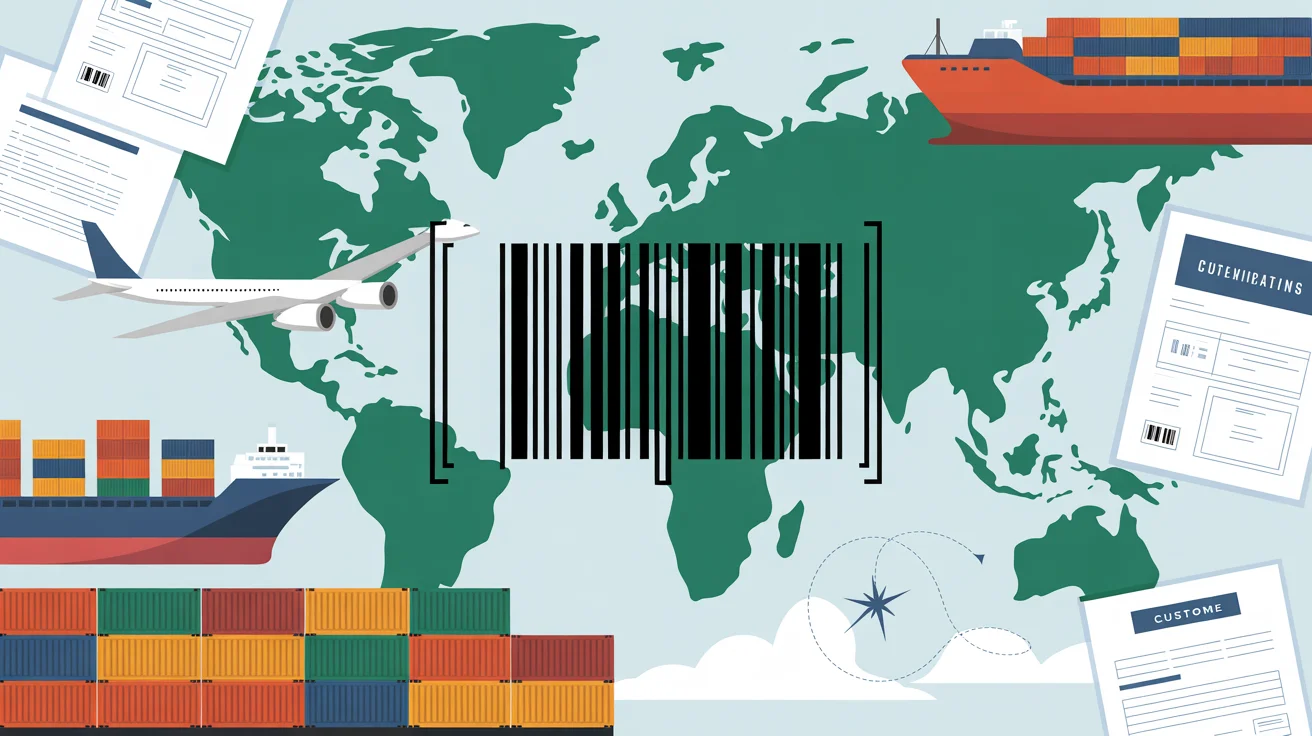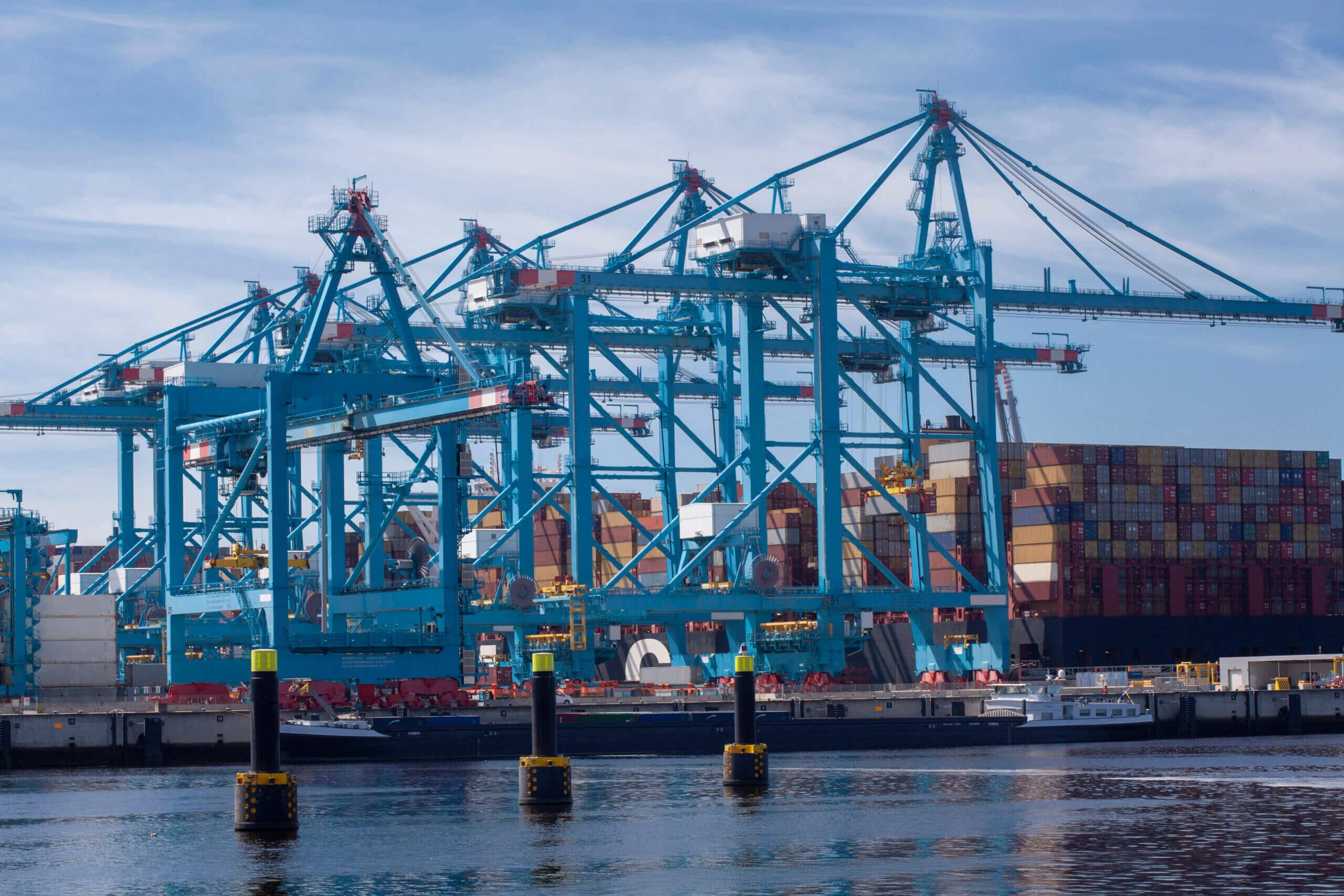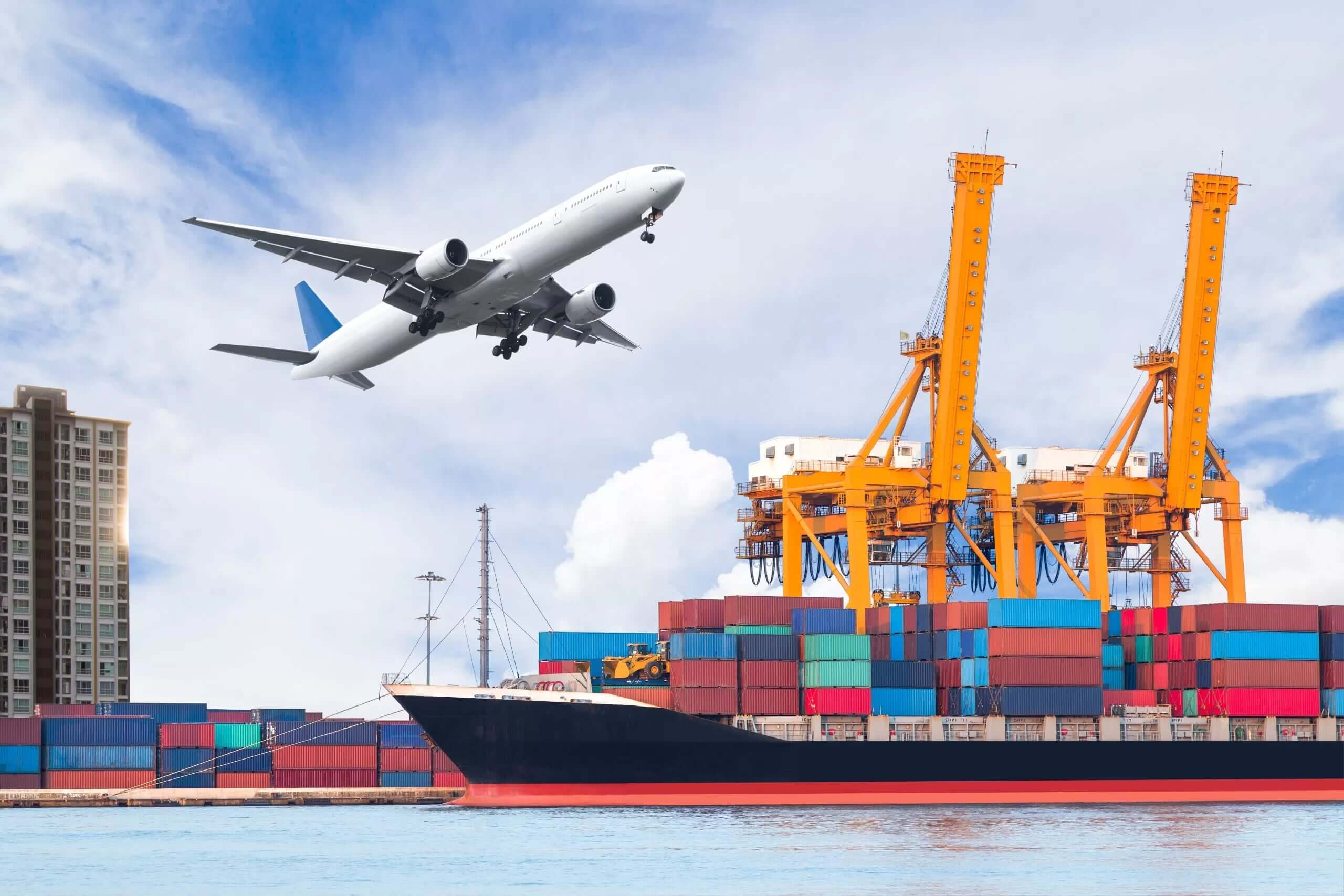
Every product that crosses international borders must be classified under a specific code. This system is known as the HS Code (Harmonized System Code). It is the global standard used by customs authorities to identify goods, calculate duties, and ensure compliance with international trade laws.
Understanding HS Codes is essential for importers, exporters, and freight forwarders. Misclassifying goods can lead to delays, fines, or even shipment seizures. In this article, we explain what HS Codes are, how they work, and why they are critical in global trade.
What Is an HS Code?
HS Code stands for Harmonized Commodity Description and Coding System.
- It is a 6-digit standardized code used worldwide for classifying traded products.
- Maintained by the World Customs Organization (WCO).
- Extended into 8, 10, or more digits by individual countries to add local tariff details.
Example:
- 8471.30 – Portable automatic data processing machines (laptops).
- 8703.23 – Passenger vehicles with engine size between 1500–3000 cc.
Why HS Codes Matter in International Shipping
- Customs Duties and Taxes – The HS code determines the tariff rate for goods.
- Trade Statistics – Governments use HS codes to track imports and exports.
- Compliance – Wrong classification can result in penalties or delays.
- Free Trade Agreements (FTAs) – Eligibility for preferential tariffs depends on correct HS codes.
- Logistics Planning – Carriers and freight forwarders use HS codes for documentation.
HS Code Structure Explained
- Chapter (2 digits) – Broad category of goods (e.g., 87 = vehicles).
- Heading (4 digits) – Narrower category (8703 = motor cars).
- Subheading (6 digits) – More specific (8703.23 = cars with engine 1500–3000 cc).
- National Tariff Codes (8–10 digits) – Country-specific extensions for duties and taxes.
Common Challenges with HS Codes
- Misclassification – Choosing the wrong code can lead to underpayment or overpayment of duties.
- Changing Regulations – HS codes are updated every 5 years by the WCO.
- Country Variations – Same product may have slightly different codes in different countries.
- Ambiguity – Some goods fit multiple categories, requiring expert judgment.
Tips for Correct HS Code Classification
- Use official customs tariff databases for your country.
- Consult with a customs broker or freight forwarder.
- Stay updated on WCO HS code revisions.
- Keep consistent internal records to avoid discrepancies across shipments.
- For complex products, request an official Binding Tariff Information (BTI) ruling.
HS Codes and Key Trade Documents
HS codes appear in almost every customs-related document, such as:
- Commercial invoice
- Bill of lading / air waybill
- Packing list
- Certificate of origin
- Customs declaration
Without the correct HS code, these documents may be rejected or flagged for review.
Example Scenario
An importer ships smartphones from South Korea to the EU. If the HS code for mobile phones (8517.12) is incorrectly declared as “other electronics,” the importer might pay a higher tariff or face shipment delays.
By using the correct HS code, the importer avoids overpaying duties and clears goods smoothly through customs.
HS Codes are the backbone of international trade compliance. They affect everything from tariffs and taxes to customs clearance and trade statistics. Correct classification saves time, money, and legal headaches.
For businesses engaged in global shipping, working with experts like RAM Shipping ensures accurate HS code usage and seamless international trade operations.



